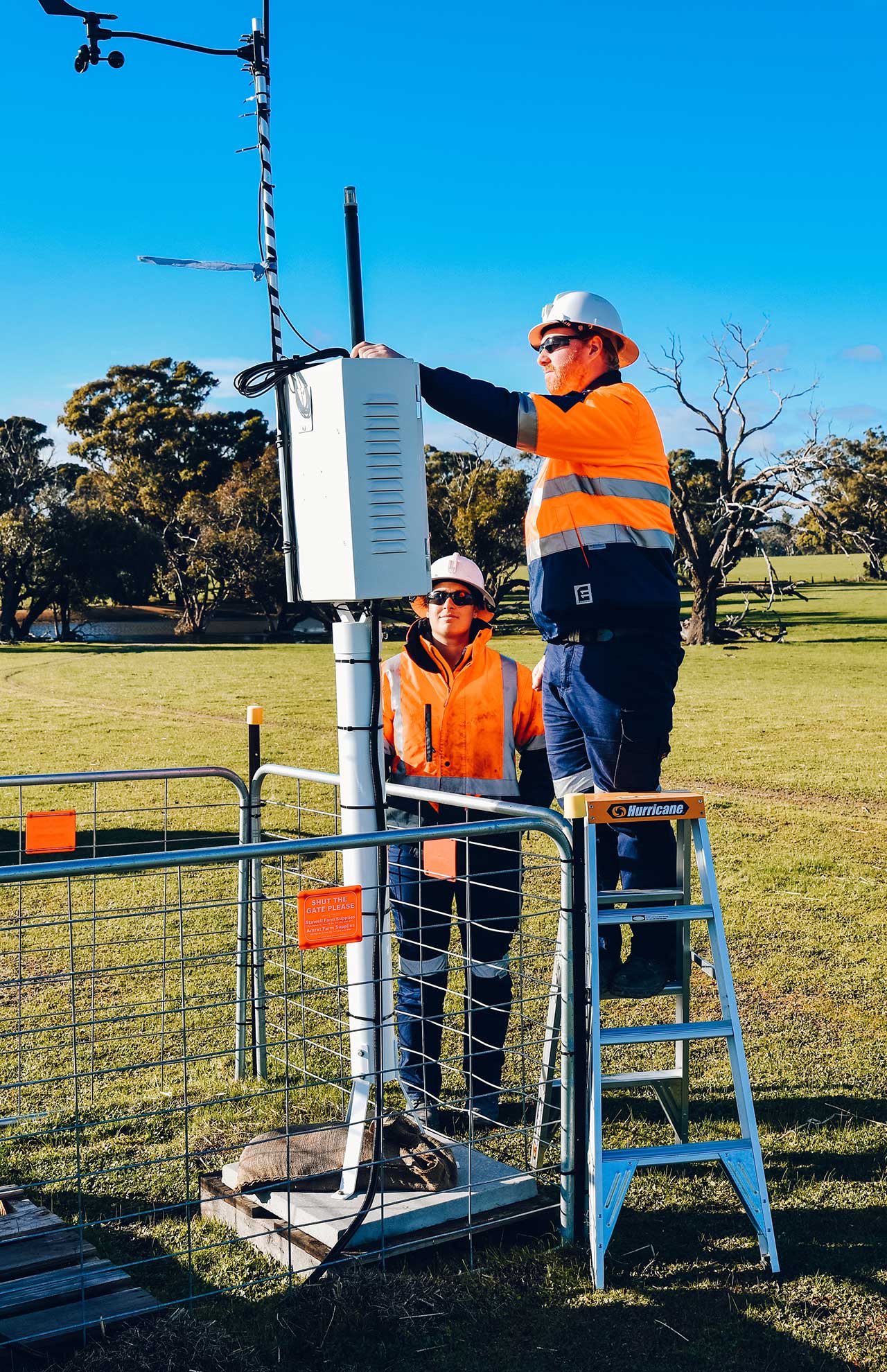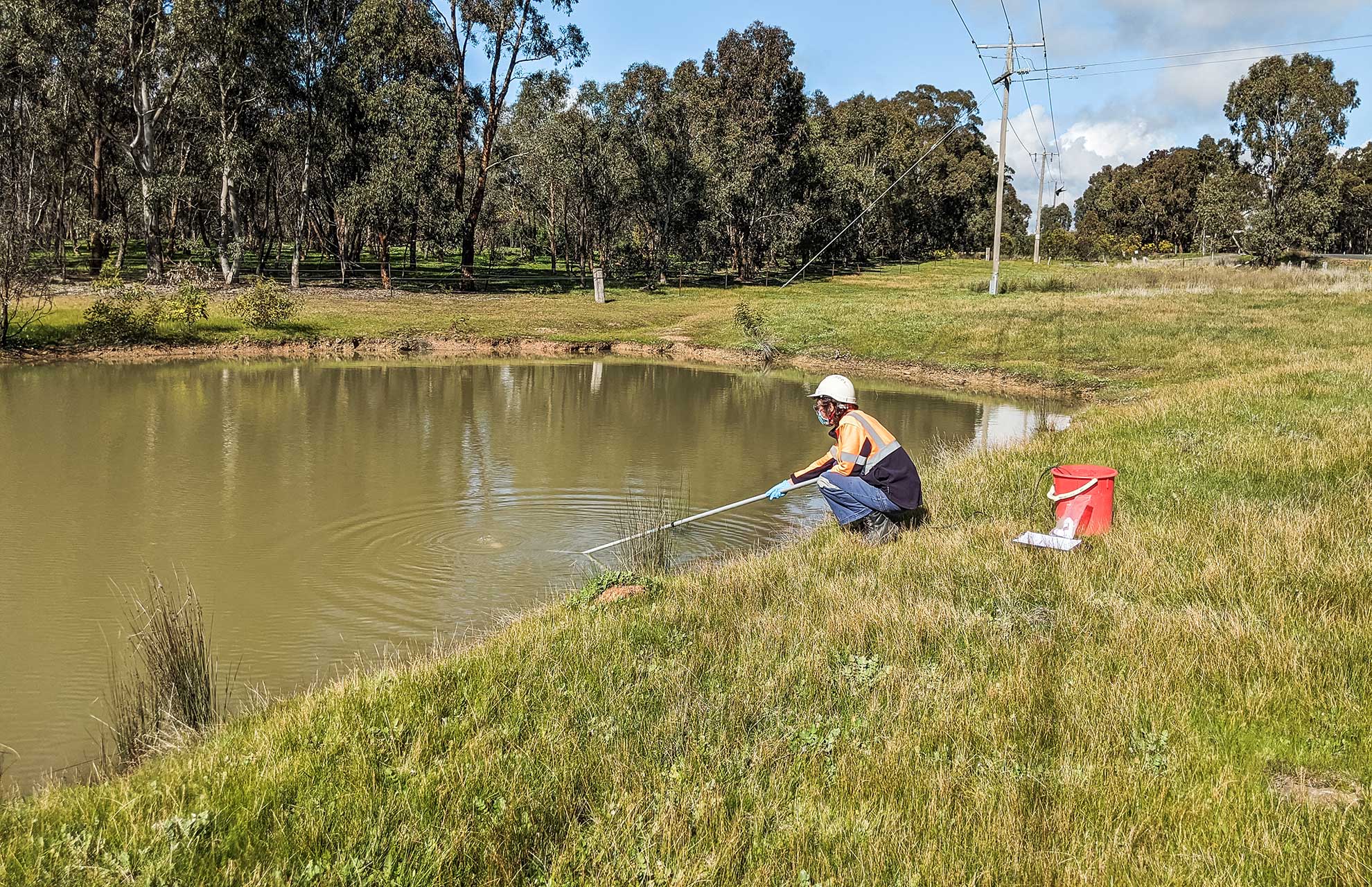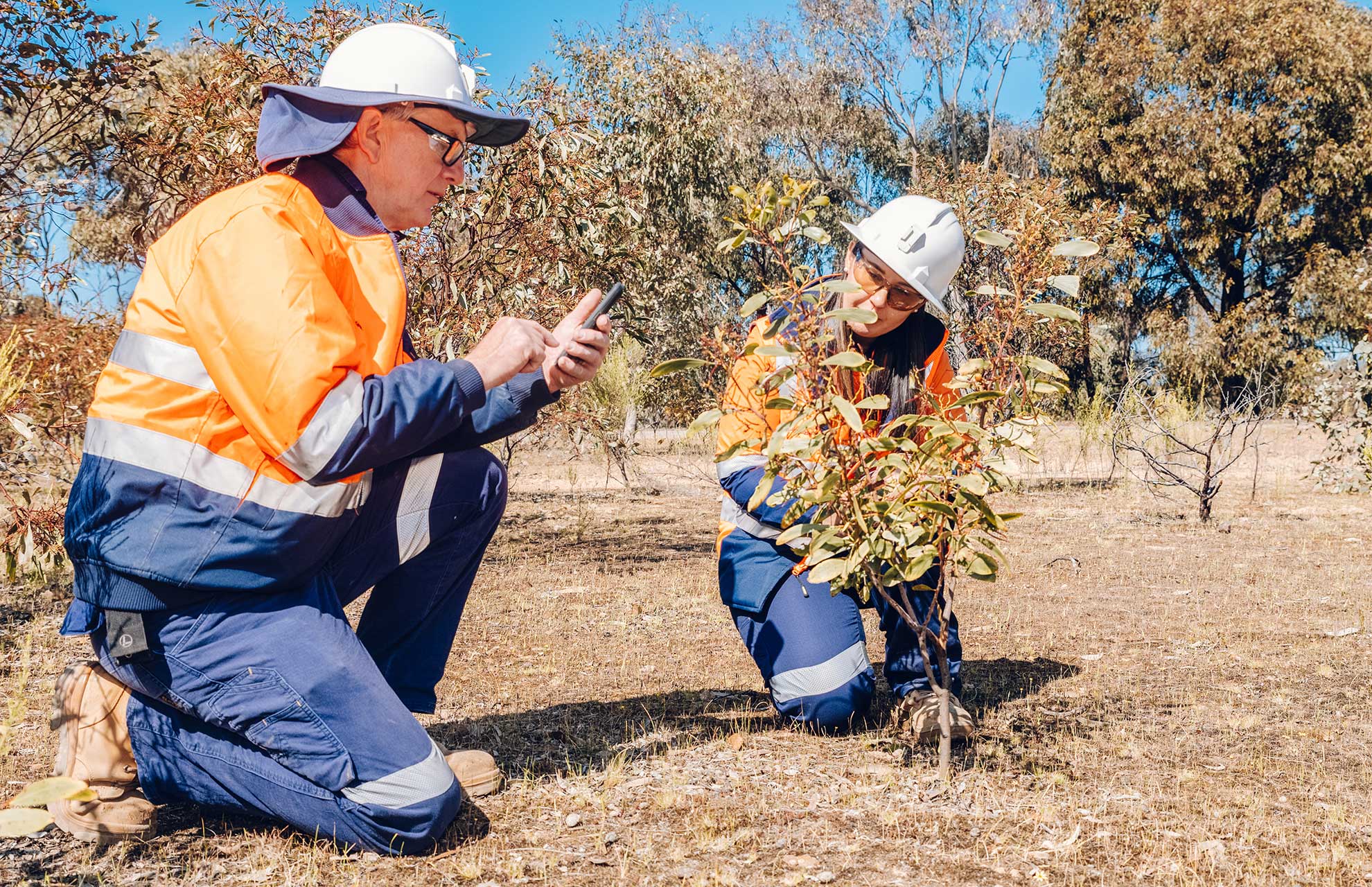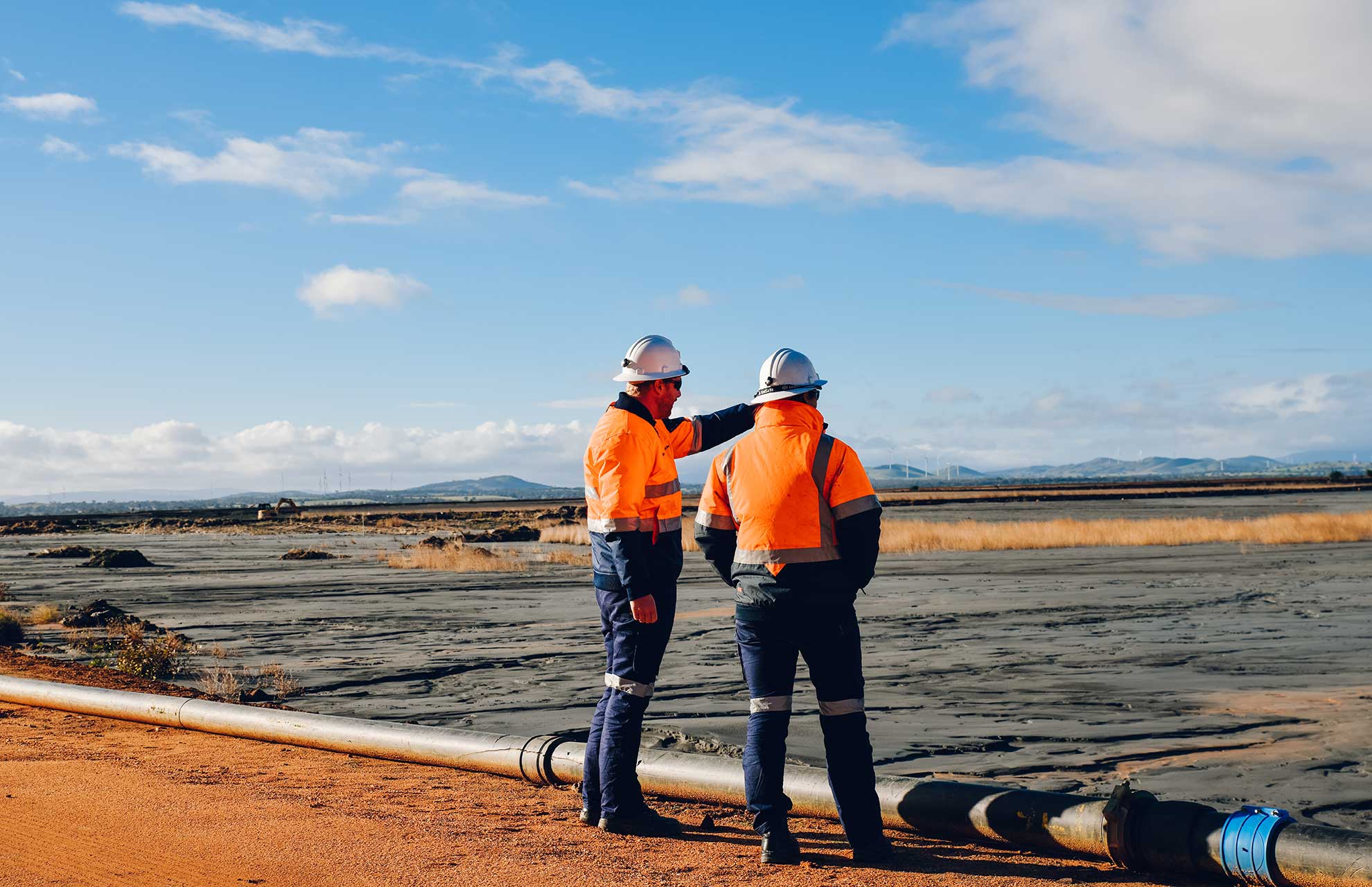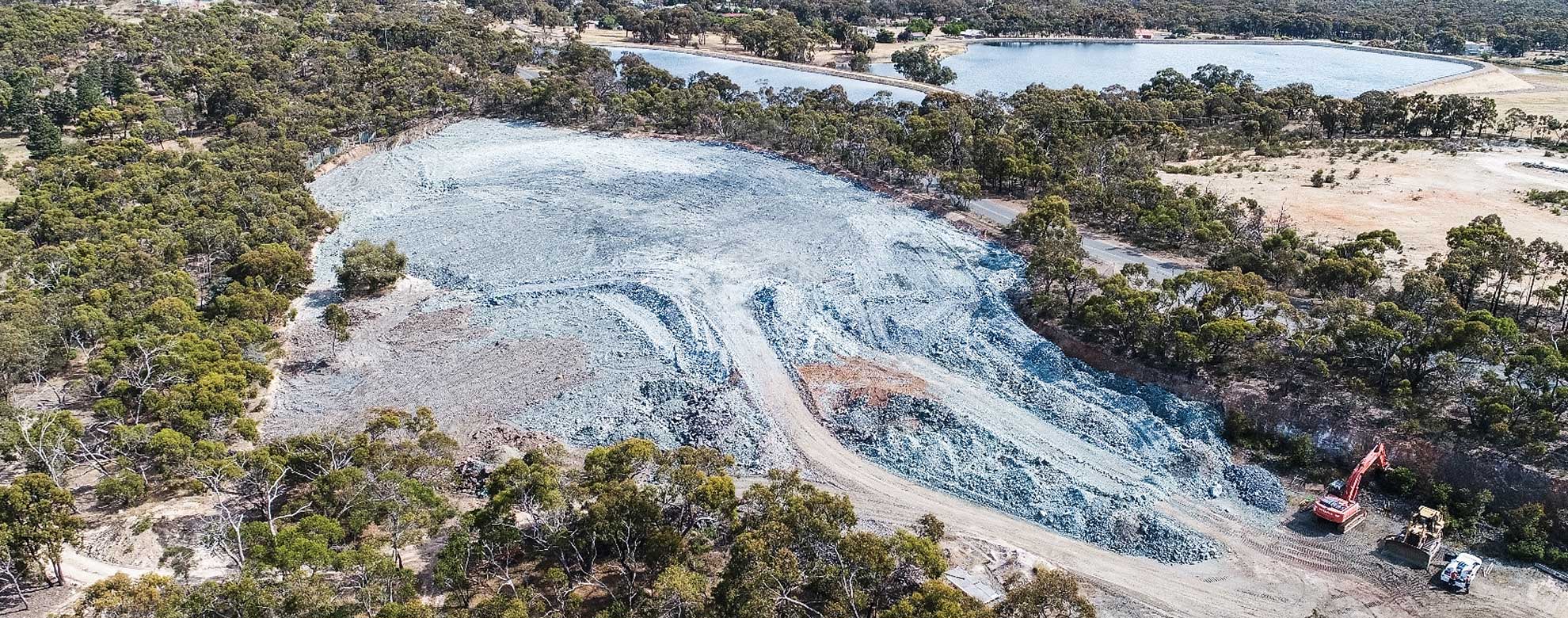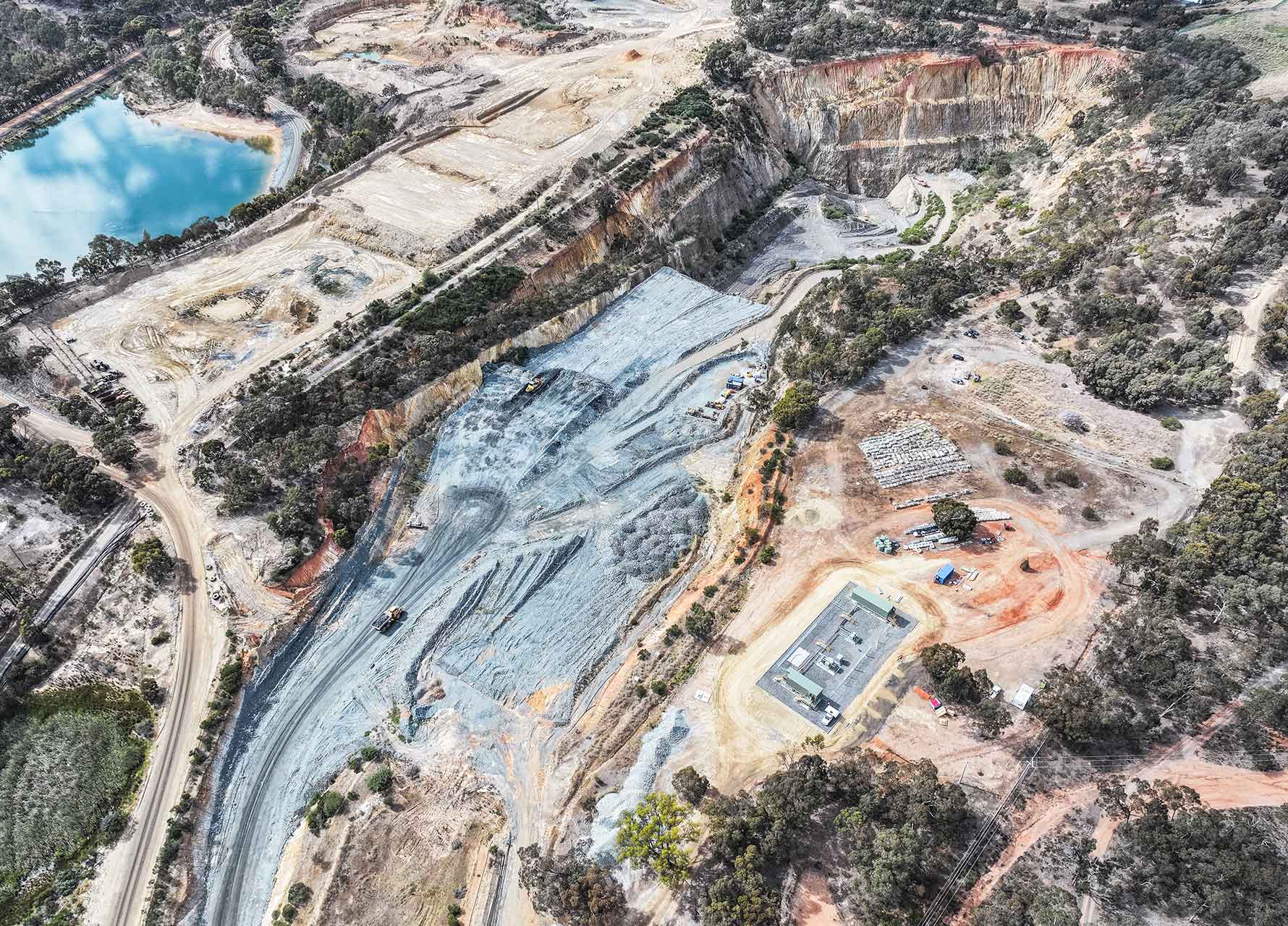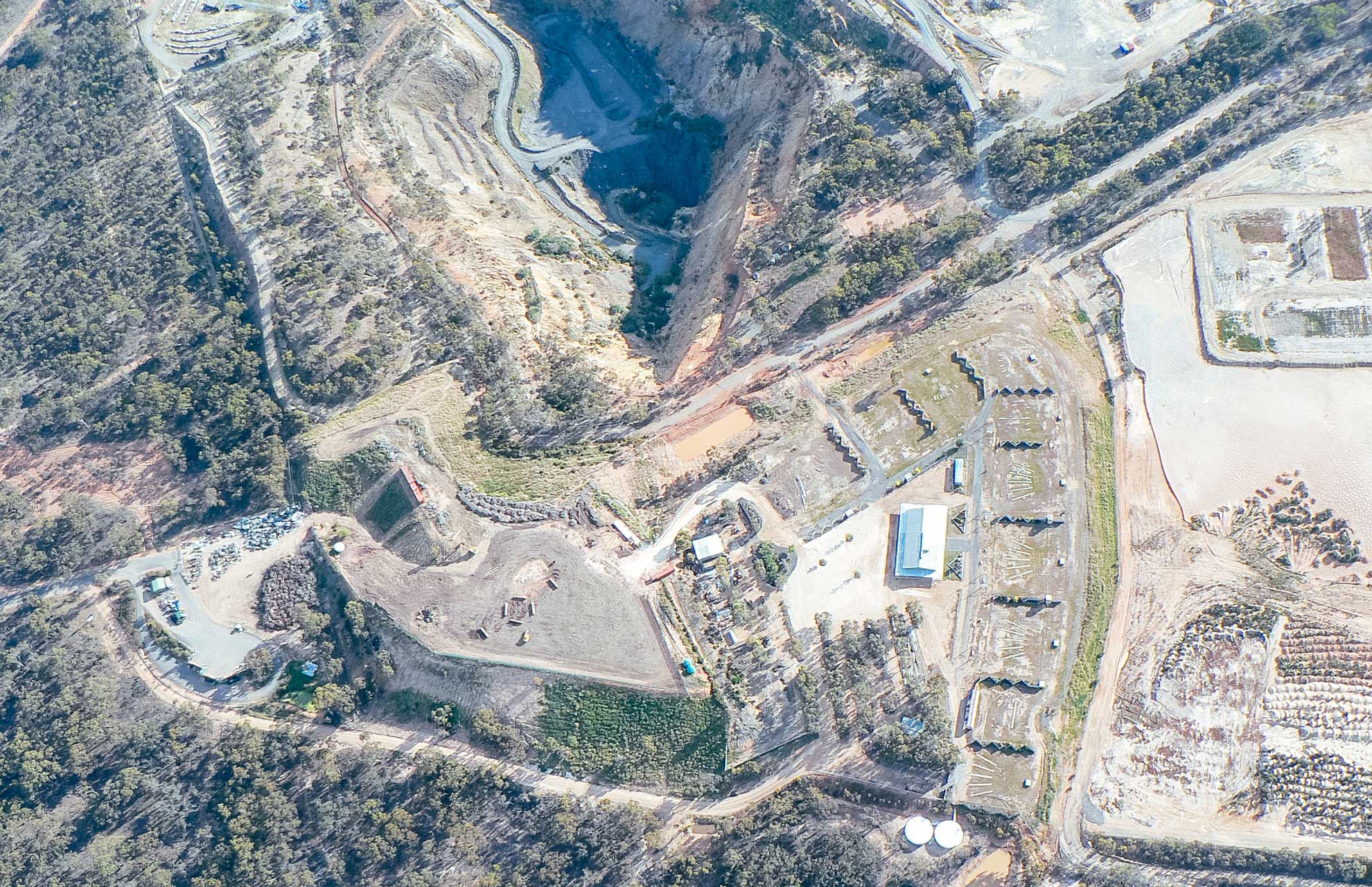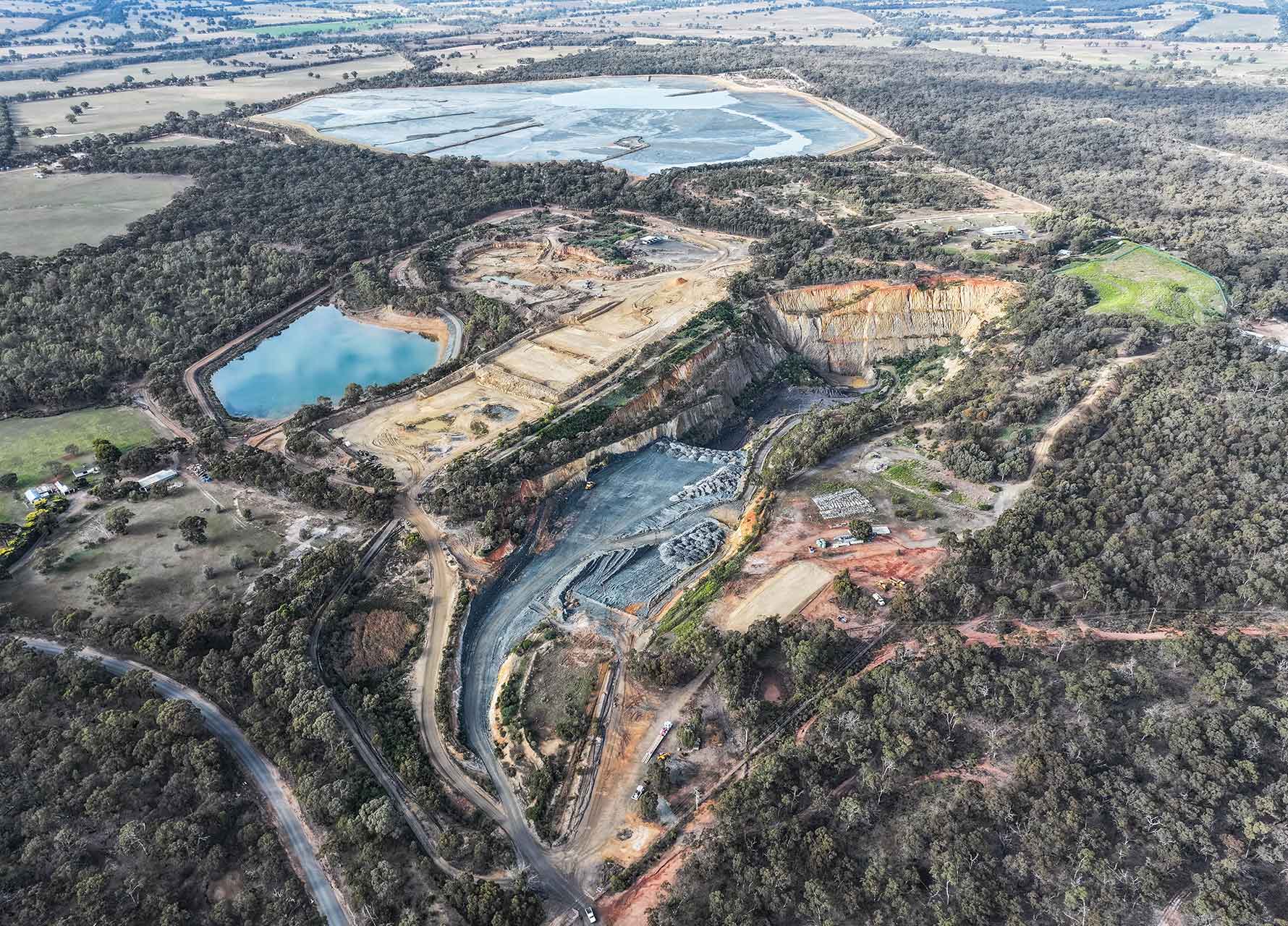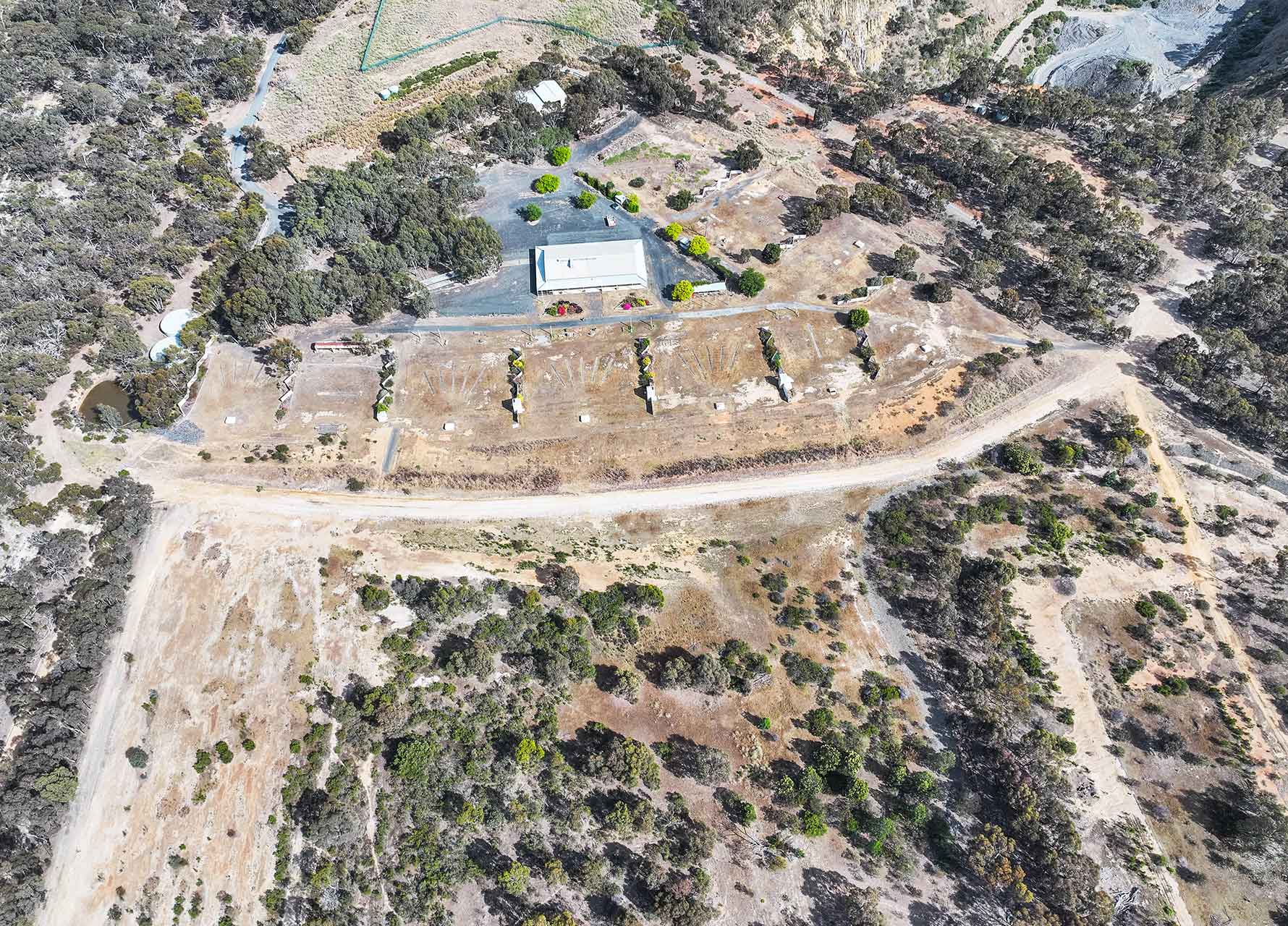Stawell Gold Mines (SGM) has strategies and control measures for responsible environmental management
Ambient air quality monitoring; gaseous emissions monitoring – the William McLachlan Ventilation Shaft is a critical component of SGM’s underground mine ventilation system; hydrogen cyanide (HCN) monitoring with receptors and HCN GasBadge detectors.
Vibration from SGM’s blasting is caused by the release of energy from the explosives as they are set off. SGM undertakes surface vibration monitoring at five locations within the Stawell township. Vibration results are reviewed after every firing. SGM offers a blast notification text message system to keep residents informed.
SGM operations generate noise from a range of activities. Noise monitoring is undertaken at four locations situated north, south, east and west of the operations area. Noise monitoring is conducted periodically by an independent noise consultant.
SGM monitors groundwater and surface water to identify and assess any potential impacts from its operational activities. SGM monitors groundwater at 104 bores, and surface water at seven sites (creeks, farm dams), located outside of the mining boundary.
Annual ecological assessments of the vegetation around the Tailings Storage Facilities No. 1 and 2, adjacent crown land reserves and remnant bushland; weed inspections and surveys to monitor the health of offset or rehabilitated areas; monitoring of seasonal growth or changes to rehabilitated sites.
SGM is committed to environmental responsibility and transparency through comprehensive monitoring and reporting. Dust levels are regularly monitored to ensure compliance with air quality standards. Waste management minimizes impact through separating, recycling, and safely disposing of materials generated during mining.
Rehabilitation
SGM undertakes progressive rehabilitation of disturbed areas to stabilise and enhance end-land use outcomes for the site. Progressive rehabilitation also assists with ongoing site management and the realisation of closure concepts by stabilising landforms, establishing vegetation, minimising erosion, and preventing sedimentation of surface water features, ensuring a sustainable and environmentally responsible transition for the land post-mining.
The Davis Pit progressive rehabilitation activities for backfilling began in 2018 and continued throughout 2020 using the waste rock from underground operations. Capping materials (clay and soil) have been lain to prepare for revegetation, which commenced during 2022. This process will see the site returned to a natural and sustainable landscape, similar to its condition prior to mining activities.
The bioremediation project was initiated in 2015 in partnership with The University of Melbourne, where the overarching aim of the project was to develop a bioremediation system for the treatment of thiocyanate in groundwater at SGM.
As part of this project, SGM’s Pilot scale bioreactor has been fully functional since December 2017. Major infrastructure upgrades to upscale the capacity of the system and improve efficiency were completed in 2021. This allows for greater movement of the bacteria, which helps the degradation process and aeration.
Plans are to further upscale the pilot plant for post closure, where the purpose of the bioreactor will be to treat the tailings storage facility water and groundwater immediate to the facility until desaturation.

